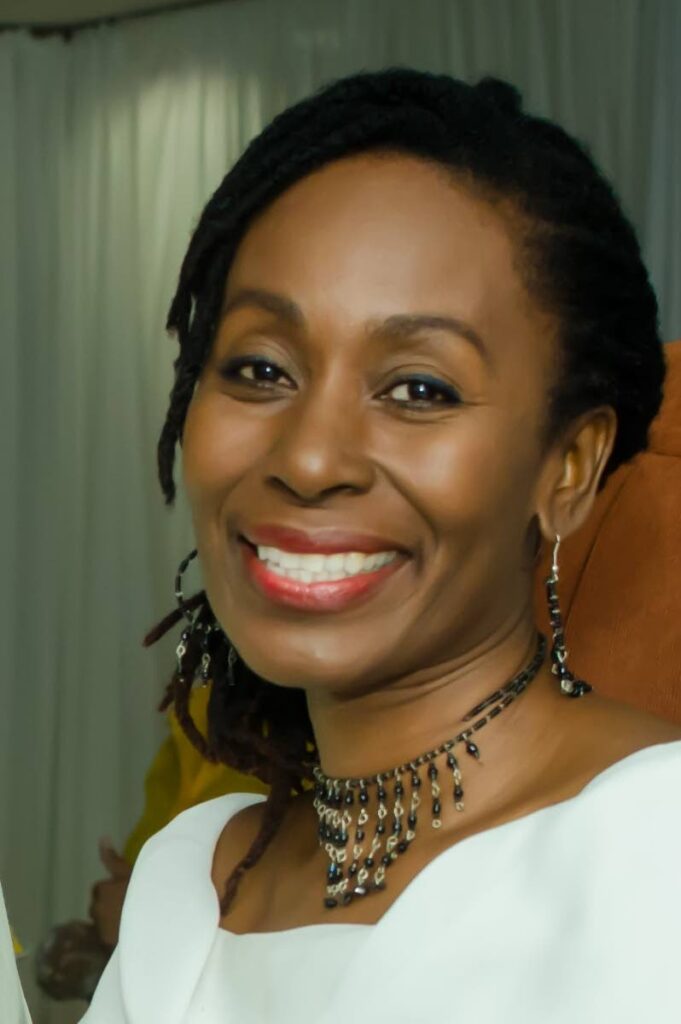Benefiting from growing obsession with jazz

Culture Matters
DARA E HEALY
“Hey pops, keep that beat a-beatin’. I feel a rhythm rainstorm coming on. One, two. Keep that rhythm heatin’. One more rhythm like that and I’ll be gone. Aww man, don’t stop now, we jumpin’!"
– From Hellzapoppin' 1941 – Slim Gaillard & Slam Stewart, the Harlem Congeroos
AT FIRST, it was considered scandalous. Then, a symbol of freedom and resistance. In the 1920s, women smoked, drank and dressed less conservatively in public while dancing to its syncopated, complex rhythms. The UN has described it as “…a symbol of unity and peace,” with the ability to foster gender equality. This music had an impact on the world, influencing our own calypso. In TT, the resurgence of jazz festivals suggests we are in the mood to explore it again.
Why are we so fascinated by jazz and how can it impact our society at a deeper level?
There are interesting parallels between our connection to jazz and its popularity in the US. Even after official emancipation was declared in 1863, the US remained a nation fractured along geographical and racial lines. There was civil war, and thousands were forced to endure the sharecropping system, essentially enslavement by another name.
The 1860s were described as “arguably the most vicious and violent period in the US. Vigilante justice was at an all-time high, and by 1889, the lynching of African Americans surged dramatically.”
At home, after emancipation was declared in 1834 and fully attained in 1838, the jamette Carnival became a potent force of resistance and quest for cultural freedom well into the 1890s.
Significantly, the evolution of the blues has been traced to that dangerous period of the 1860s. Founded on African folk traditions like Field Holler music, the lyrics and melodies of the blues were meant to document and express “…the experiences of freed men and women during the periods of Reconstruction and Jim Crow. It spoke of cotton bales/gins, boll weevil, juke houses, and sharecropping.”
In TT, law and the authority of the ruling classes were also consistently used as weapons, not only to control the cultural expressions of the Africans, but to curb any possible alliance between former enslaved and indentured Indians.
African American musicians transformed the European piano into their own cultural statement. Ragtime evolved, a fast-paced method of playing two different rhythms on the piano with the left and right hands.
At home, musicians experimented with documenting local cultural forms. Mango Vert was the first calypso instrumental to be recorded in 1912, by Lovey’s String Band. The melody was from a local game-song, using predominantly European instruments such as the clarinet, violin and piano, while incorporating the Venezuelan-influenced cuatro.
The First World War and the devastation caused by the 1918 influenza pandemic abruptly halted ragtime. By the time the pandemic ended in 1920, there was a need to break free from isolation, hardship and death. Music and dance were essential to this renewal.
Like pan, jazz simmered for a long time before manifesting as a powerful cultural force. There are stories of open drumming and dancing by the former enslaved in Congo Square, New Orleans. In addition to the African contribution, Latin Caribbean rhythms and European influences impacted the development of jazz. Improvisation gave it an added cool factor.
Now that politicians are slowly accepting that the education system is contributing to the criminality among urban youth, could there be a bigger space for jazz in our outreach to young people? Its individualistic yet ensemble nature may achieve wonders in building self-esteem, career skills and evoking the freedom of expression that attracts people to this music.
In honour of International Jazz Day, the UN has launched a call for applications for a global host city for celebrations in 2024 and 2025.
From Etienne Charles to Sharon Phillips, Chantelle Esdelle and others, we have produced internationally renowned jazz artists who incorporate the pan, another instrument of resistance, into their repertoires. This may be another opportunity for us to uplift our capital city and positively affect our young people through jazz. We are yet to do anything about the fact that since 2019, Port of Spain was designated a UNESCO Creative City of Music, one of only six in the Caribbean.
As we struggle to bring our country back into alignment, jazz may offer more than light entertainment. We must consider all options, as now is not the time to improvise with the future of our nation.
Dara E Healy is a performance artist and founder of the Indigenous Creative Arts Network – ICAN


Comments
"Benefiting from growing obsession with jazz"